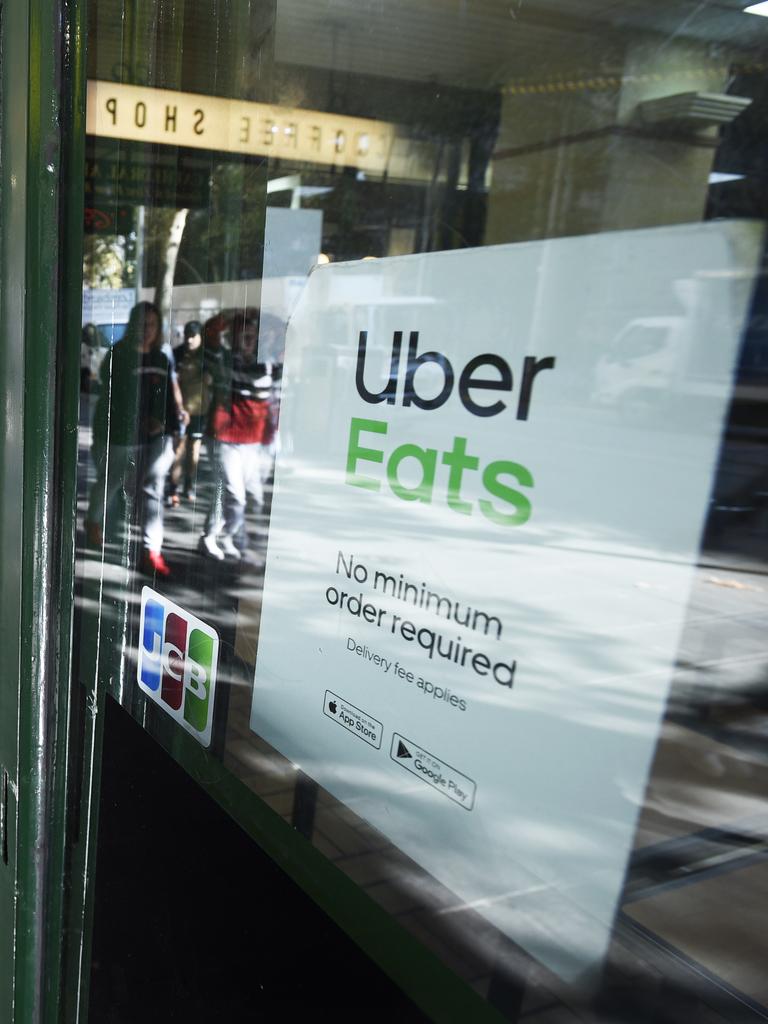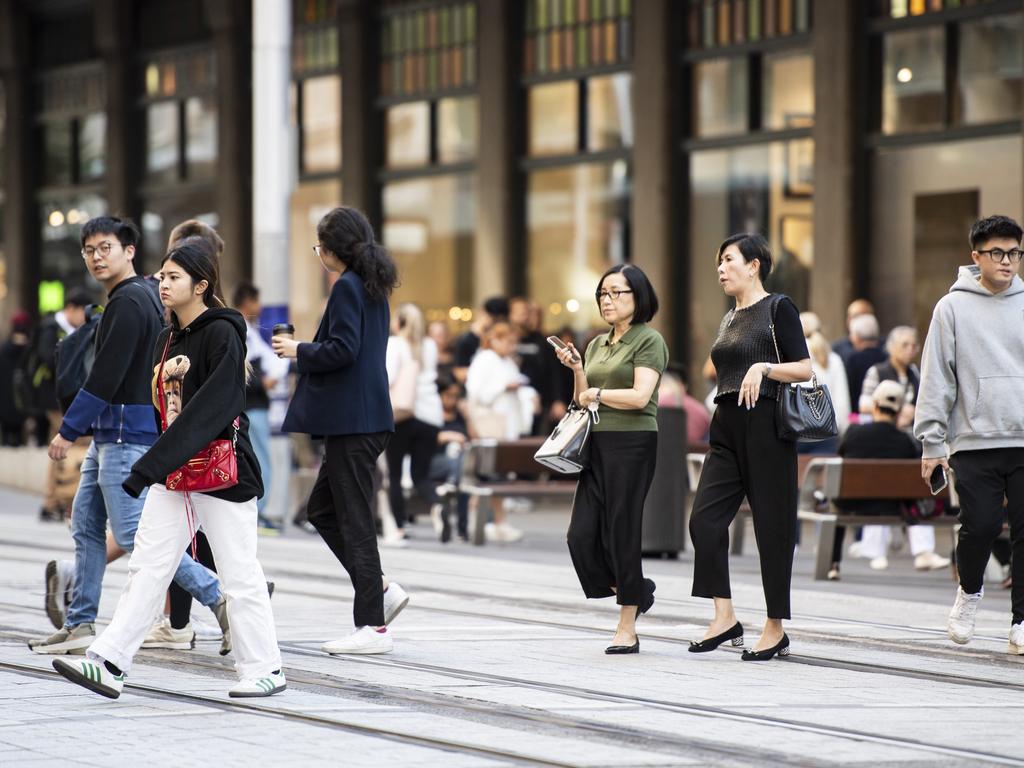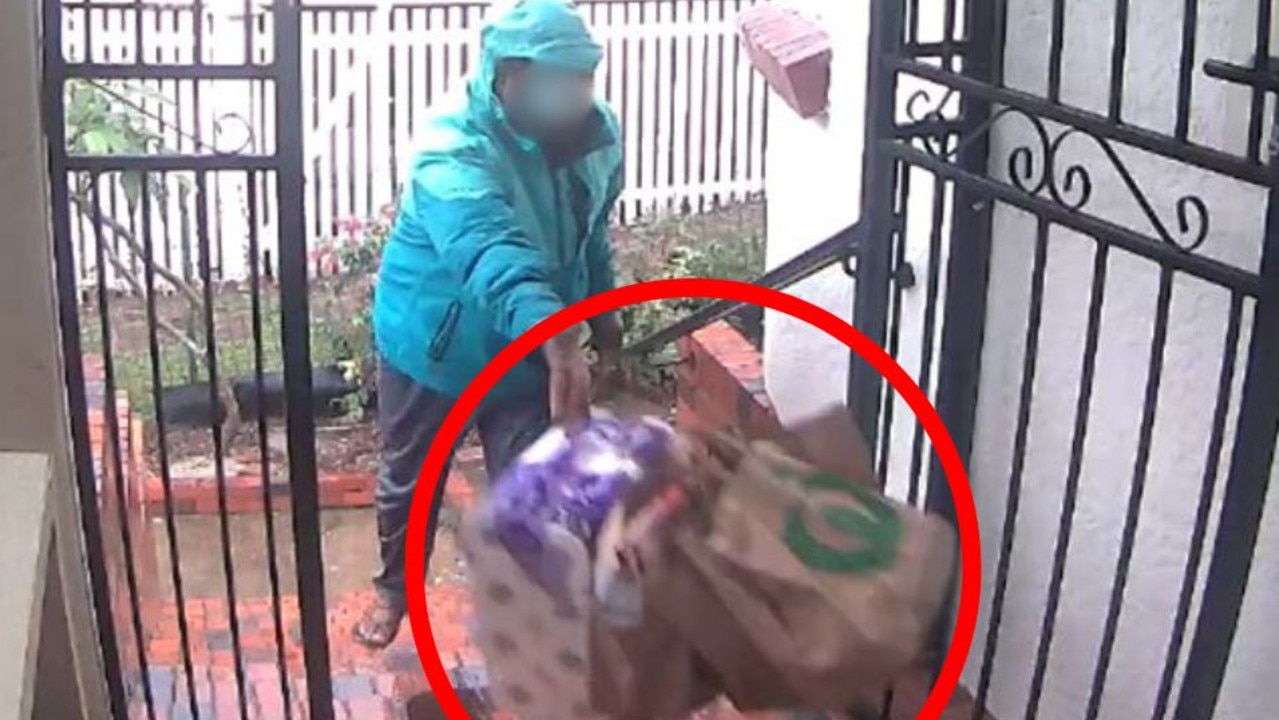Australian restaurants, cafes facing ‘collision’ of challenges to stay afloat, study shows
A new study has revealed the depth of the challenges Aussie restaurants must overcome in order to stay afloat.

Lifestyle
Don't miss out on the headlines from Lifestyle. Followed categories will be added to My News.
A new study has revealed the depth of the challenges Aussie restaurants must overcome in order to stay afloat, at a time when nobody – from customers to business owners – is immune from the high cost of living.
Conducted by Uber Eats, the Restaurant and Catering Association (R&CA) and MasterCard, The Pulse Check: Restaurant Report 2024 is the trio’s third annual investigation into the state of the Australian restaurant industry.
The insights – shared with merchants, industry participants and policy makers – come at a particularly fraught moment for the hospitality sector.
Data in July showed countless cafes and restaurants across Australia failed at the fastest rate on record last financial year, while the Australian Securities & Investments Commission (ASIC) said those businesses had registered disproportionate growth in insolvency appointments in the 12 months to June 30 this year.
As consumers cut back on discretionary purchases, the daily costs of running an eatery, including those associated with food and energy, have soared, as have interest rates, pushing popular businesses to the brink as they spend more for less margin.

The current climate has created “a collision” of challenges for restaurants to overcome, Uber Eats Australia managing director, Ed Kitchen, told news.com.au.
“In our conversations with restaurants there doesn’t seem to be a singular factor they isolate, but rather … several themes including higher rental costs, competitive pressures, supply chain issues, growing insurance premiums, increasing utility and wage bills, and more expensive raw products,” Mr Kitchen explained.
This “unprecedented fusion” of pressures over the past year, R&CA CEO Suresh Manickman agreed, “have created one of the most challenging economic landscapes in recent history … impacting the ability for the sector to operate”.
Given the dual challenge of increasing costs and diminishing revenue, four in 10 (44 per cent) of restaurateurs surveyed for The Pulse Check report being in a more difficult financial position than a year ago, with larger restaurants (those with more than 10 employees) faring worse than those with fewer staff.
As a result, businesses “are having to get really creative” with their in-store operations, Mr Kitchen said, including leaner shift rostering and engaging in “more efficient” ways with suppliers.
“They’re putting every element of their business under the microscope to either find ways to reduce their operating costs or in search of incremental revenue.”

One such way restaurants are achieving both of these outcomes is by, as Mr Kitchen put it, “unlocking the digital share of the wallet” and partnering with on demand food delivery (OFD) services like Uber Eats.
One in four study participants said the incremental revenue gained by using an OFD had helped their business to stay afloat. Just shy of half (42 per cent) reported their profit had increased by between 21 and 40 per cent, while a quarter (27 per cent) said OFD sales represent between 41 and 60 per cent of their overall revenue.
Compared to on-premise spending – up just 3.3 per cent year on year – digital transactions have increased by 12.5 per cent, Mr Kitchen said, the “vital boost” many restaurants are in such desperate need of.
For Umesh Datwani, who opened San Pancho Mexican Taqueria in Marrickville, in Sydney’s inner west, earlier this year, “we need to make sure we meet the community’s expectation for us to do our part to win and keep their business”.
“Using online food delivery apps like Uber Eats gives us a reliable revenue stream without the additional cost of hiring an in-house delivery team,” Mr Datwani said.
“And without that extra cost, we can focus our resources on the kitchen to meet our sustainability commitments to minimise food waste.”


Though the macroeconomic outlook has suggested a dip in discretionary spending – and Australians are no doubt encountering a multitude of pains associated with the higher cost of living – Mr Kitchen said many patrons are still showing their support for local eateries.
“Eight in 10 restaurants we surveyed for our report said that they feel supported by their local community – whether that’s dining out or ordering in,” he explained.
“What our report also surfaced was that there’s more growth coming from online ordering than there is from on premise, so restaurants will continue to invest their energy into both dine in and takeaway to capture the demand that continues to exist for both experiences.”

Running a restaurant may have “fundamentally changed” over the last few years and will continue to be a challenging task, Mr Kitchen said the outlook of many business owners is “cautiously optimistic”.
Forty-three per cent told the researchers they believe they’ll be in a less difficult financial position 12 months from now, a perspective even more broadly held among restaurateurs in regional areas.
“We’ve got thousands of small business owners on our platform, responding to the changing landscape and leaning into the operating environment they’re encountering,” he added.
“Nobody is immune to the challenging economic cycle we’re in – from customers to business owners – but anecdotally the conversations I have with the restaurants on Uber Eats are always through the lens of optimism.
“They’re looking for ways to respond to consumer shifts and be early on the adoption curve, so I’d suggest the pulsecheck for restaurants at the moment is one of reality with the right measure of optimism.”
Originally published as Australian restaurants, cafes facing ‘collision’ of challenges to stay afloat, study shows









